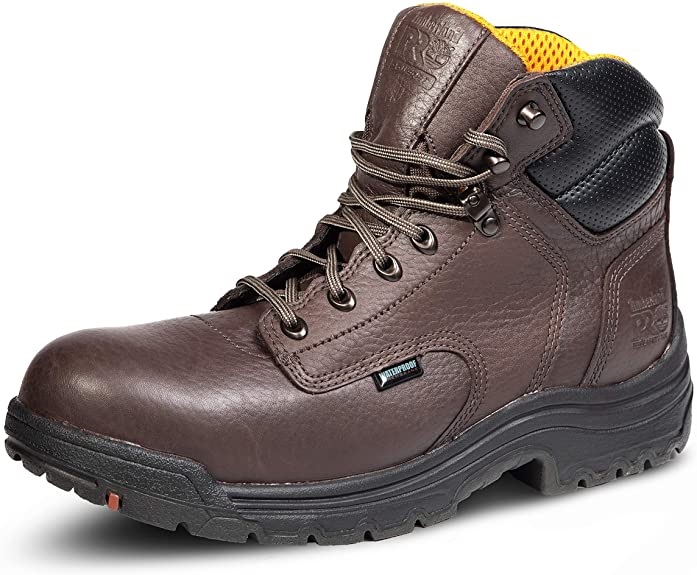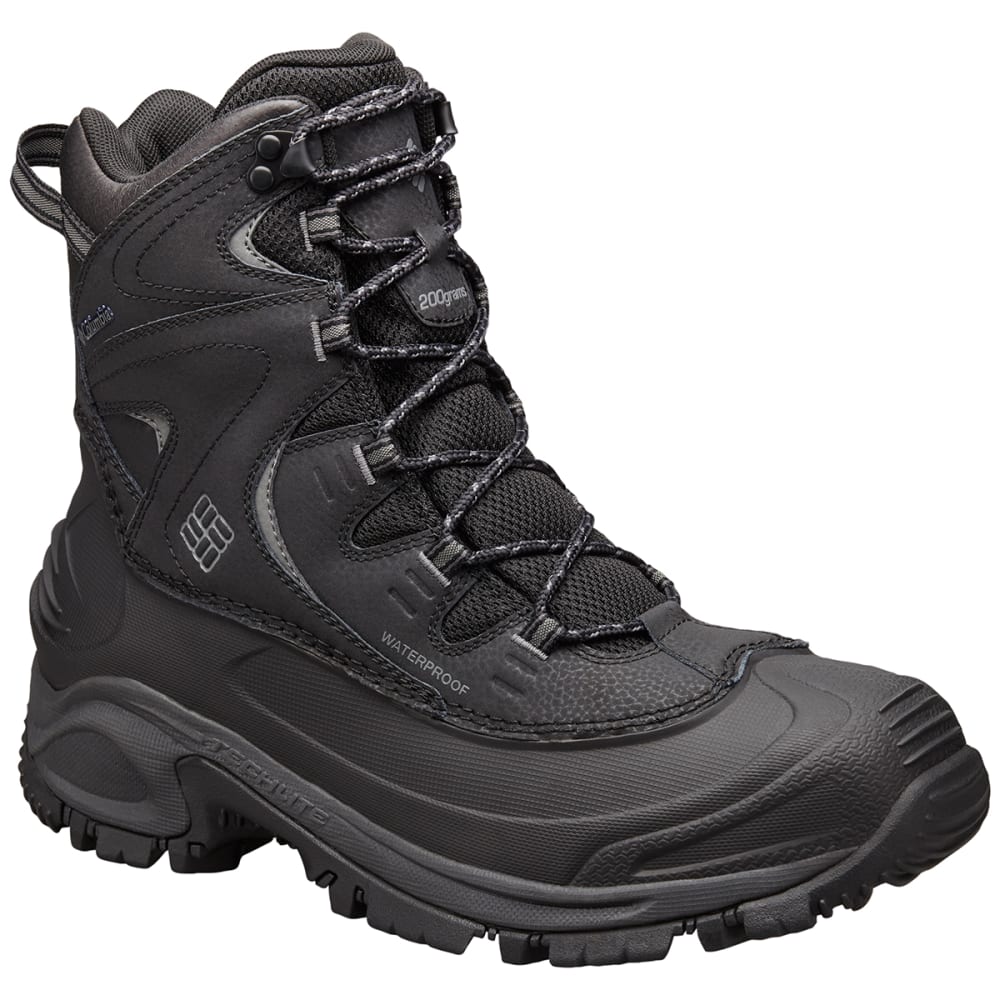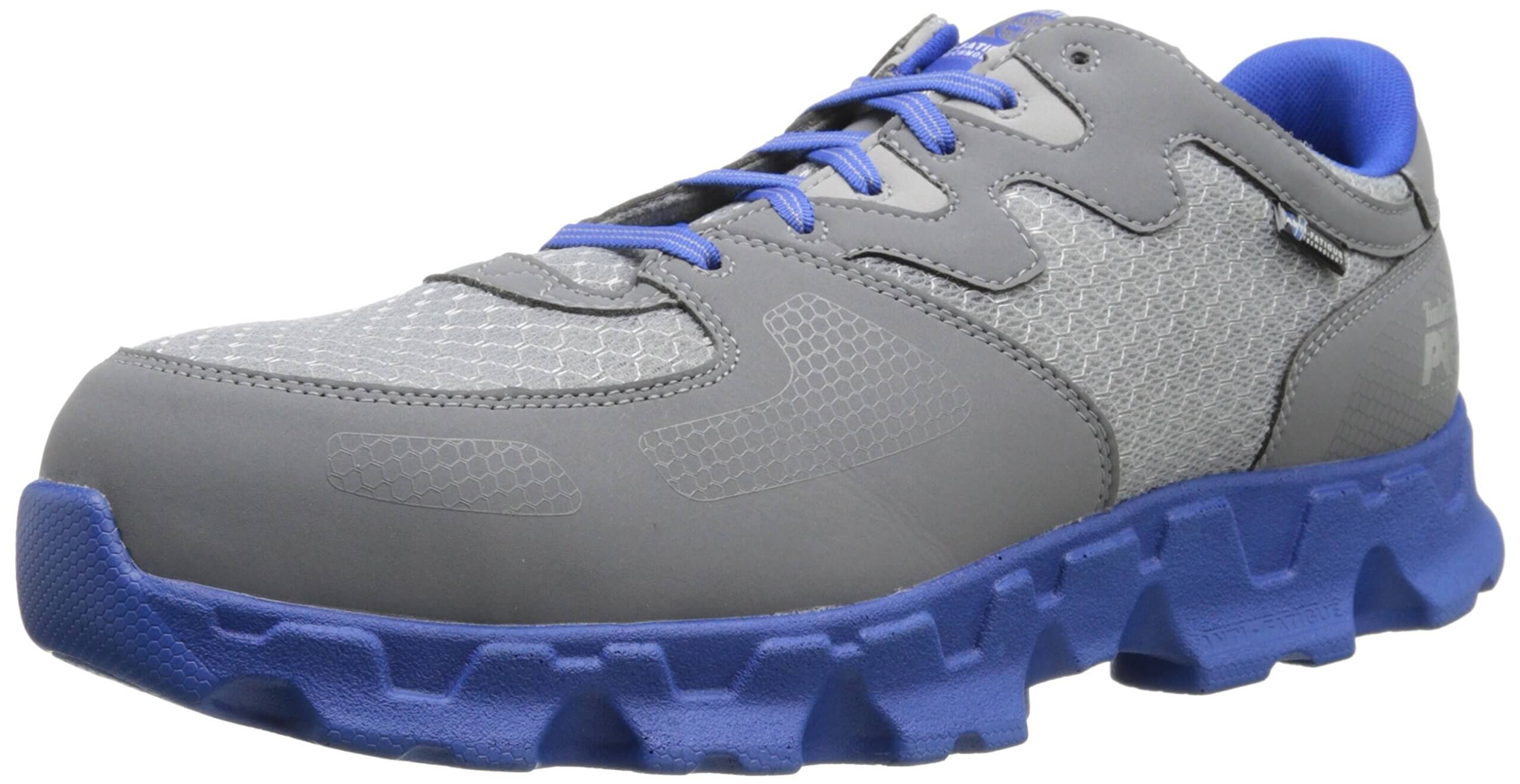Why Winter Work Shoes Matter: Safety and Comfort in Harsh Conditions
When it comes to winter workwear, shoes are often the most critical component. The right pair can make all the difference between a safe and comfortable working experience, and a hazardous one. Winter work shoes are designed to provide protection from the elements, while also ensuring traction, stability, and support on icy and snowy surfaces.
Slips, trips, and falls are a major concern during the winter months, and can result in serious injuries, including broken bones, head trauma, and even fatalities. In fact, according to the Bureau of Labor Statistics, slips, trips, and falls account for over 20% of all workplace injuries. By wearing the best work shoes for winter, workers can significantly reduce the risk of these accidents, and ensure a safer working environment.
But winter work shoes are not just about safety; they’re also about comfort. Cold, wet feet can be miserable, and can lead to long-term health problems, such as frostbite and Raynaud’s disease. The right winter work shoes can keep feet warm, dry, and comfortable, even in the most extreme conditions. This means that workers can focus on their tasks, without distraction or discomfort, improving overall productivity and job satisfaction.
How to Choose the Right Winter Work Shoes for Your Job
Selecting the best work shoes for winter can be a daunting task, especially with the numerous options available in the market. However, by considering a few key factors, you can make an informed decision that meets your specific needs and ensures a safe and comfortable working experience.
First and foremost, it’s essential to consider the insulation and waterproofing capabilities of the shoes. Look for shoes with breathable membranes, such as Gore-Tex or eVent, that can keep your feet dry and warm in wet and cold conditions. Additionally, consider the type of insulation used, such as Thinsulate or PrimaLoft, and its ability to retain warmth in extreme temperatures.
Traction and slip-resistance are also critical features to consider when choosing the best work shoes for winter. Look for shoes with rugged outsoles and aggressive tread patterns that can provide grip on icy and snowy surfaces. Some shoes may also feature specialized technologies, such as ice grips or winter traction systems, that can enhance traction and stability.
Breathability is another important factor to consider, as it can help prevent moisture buildup and keep your feet dry and comfortable. Look for shoes with breathable materials, such as mesh panels or perforations, that can allow air to circulate and moisture to escape.
Finally, consider the specific requirements of your job and the environment in which you’ll be working. For example, if you’ll be working in extreme cold, look for shoes with extra insulation and warmth. If you’ll be working in wet conditions, look for shoes with advanced waterproofing capabilities.
Top Picks: The Best Winter Work Shoes for Different Industries
When it comes to finding the best work shoes for winter, it’s essential to consider the specific demands of your job and industry. Here are some top picks for different industries, highlighting their features and benefits:
For construction workers, the Thorogood Waterproof Insulated Work Boot is an excellent choice. With its rugged outsole and aggressive tread pattern, it provides excellent traction on icy and snowy surfaces. The boot also features a breathable membrane and Thinsulate insulation to keep feet warm and dry.
In the manufacturing industry, the Dr. Martens Ironbridge Winter Work Shoe is a popular choice. This shoe features a slip-resistant outsole and a breathable membrane to keep feet dry and comfortable. The Ironbridge also has a comfortable, cushioned insole and a rugged, durable design.
For outdoor workers, such as landscapers and snow removal professionals, the Baffin Enduro Snow Work Boot is a top pick. This boot features a rugged, waterproof design with a breathable membrane and PrimaLoft insulation to keep feet warm and dry. The Enduro also has a slip-resistant outsole and a comfortable, cushioned insole.
In the oil and gas industry, the Carhartt Waterproof Insulated Work Boot is a popular choice. This boot features a rugged, waterproof design with a breathable membrane and Thinsulate insulation to keep feet warm and dry. The Carhartt also has a slip-resistant outsole and a comfortable, cushioned insole.
These are just a few examples of the best work shoes for winter, but there are many other options available depending on your specific needs and industry. By considering the key features and benefits of each shoe, you can find the perfect pair to keep your feet safe, warm, and comfortable all winter long.
The Importance of Insulation and Waterproofing in Winter Work Shoes
When it comes to winter work shoes, insulation and waterproofing are two of the most critical features to consider. These features are essential for keeping your feet warm, dry, and comfortable in harsh winter conditions.
Insulation is crucial for retaining warmth in cold temperatures. There are several types of insulation available, including Thinsulate, PrimaLoft, and Polarguard. Thinsulate, for example, is a popular insulation material that provides excellent warmth without adding bulk to the shoe. PrimaLoft, on the other hand, is a synthetic insulation that is both warm and lightweight.
Waterproofing is equally important, as it prevents water and moisture from entering the shoe. There are several waterproofing technologies available, including Gore-Tex, eVent, and similar membranes. These membranes allow moisture to escape while keeping water out, ensuring that your feet stay dry and comfortable.
When selecting the best work shoes for winter, look for shoes with a breathable membrane and insulation that meets your specific needs. For example, if you work in extremely cold conditions, look for shoes with extra insulation and warmth. If you work in wet conditions, look for shoes with advanced waterproofing capabilities.
By prioritizing insulation and waterproofing in your winter work shoes, you can ensure that your feet stay safe, warm, and comfortable all winter long. This, in turn, can improve your overall productivity and job performance, making it easier to get the job done in harsh winter conditions.
Traction and Slip-Resistance: Key Features for Winter Work Shoes
Slips and falls are a major concern in winter work environments, where icy and snowy surfaces can be hazardous. That’s why traction and slip-resistance are essential features to look for in the best work shoes for winter. A good pair of winter work shoes should be able to provide grip and stability on slippery surfaces, reducing the risk of accidents and injuries.
There are several types of outsoles and tread patterns that can provide traction and slip-resistance in winter work shoes. For example, lug soles with deep grooves can provide excellent grip on snowy and icy surfaces. Similarly, shoes with specialized tread patterns, such as those with circular or hexagonal patterns, can also provide improved traction.
In addition to the outsole and tread pattern, the material used in the shoe’s construction can also play a role in traction and slip-resistance. For example, shoes with rubber outsoles tend to provide better grip than those with synthetic materials.
When selecting the best work shoes for winter, look for shoes with advanced traction and slip-resistance features. Consider shoes with specialized outsoles and tread patterns, as well as those with high-quality materials that can provide grip and stability on slippery surfaces.
By prioritizing traction and slip-resistance in your winter work shoes, you can reduce the risk of accidents and injuries, and stay safe and productive on the job. Whether you work in construction, manufacturing, or outdoor industries, the right winter work shoes can make all the difference.
Comfort and Support: The Role of Insoles and Midsoles in Winter Work Shoes
When it comes to winter work shoes, comfort and support are crucial for a productive and safe workday. Insoles and midsoles play a vital role in providing the necessary comfort and support for workers in harsh winter conditions. The best work shoes for winter should have insoles and midsoles that provide cushioning, arch support, and ankle stability.
Insoles are the inner layers of the shoe that come into contact with the foot. They can be removable or fixed, and are designed to provide extra cushioning and comfort. In winter work shoes, insoles can be made of materials such as foam, gel, or fleece, which help to keep feet warm and dry. Look for insoles with moisture-wicking properties to prevent blisters and discomfort.
Midsoles, on the other hand, are the layers between the outsole and the insole. They provide additional support and cushioning, and can be made of materials such as EVA, PU, or rubber. In winter work shoes, midsoles should be designed to provide arch support and ankle stability, reducing the risk of injuries and strains.
When selecting the best work shoes for winter, look for shoes with high-quality insoles and midsoles. Consider shoes with removable insoles for easy cleaning and replacement. Additionally, look for shoes with midsoles that provide excellent arch support and ankle stability, reducing the risk of injuries and strains.
By prioritizing comfort and support in your winter work shoes, you can reduce fatigue and discomfort, and stay productive and safe on the job. Whether you work in construction, manufacturing, or outdoor industries, the right winter work shoes can make all the difference.
Winter Work Shoes for Specific Foot Types: Finding the Right Fit
When it comes to finding the best work shoes for winter, it’s essential to consider the unique needs of your feet. Different foot types require specific features and designs to ensure comfort, support, and safety. Whether you have flat feet, high arches, or wide or narrow feet, there are winter work shoes designed to meet your needs.
For individuals with flat feet, look for winter work shoes with additional arch support and stability features. Shoes with stiffer midsoles and more substantial heel counters can help to reduce pronation and provide a more comfortable fit.
On the other hand, those with high arches may require winter work shoes with more cushioning and flexibility. Shoes with softer midsoles and more flexible materials can help to reduce pressure on the arch and provide a more comfortable fit.
For workers with wide or narrow feet, finding the right fit is crucial. Look for winter work shoes with adjustable features such as lacing systems or straps that can be adjusted to fit your foot comfortably. Additionally, consider shoes with breathable materials and moisture-wicking properties to keep your feet dry and comfortable.
When selecting the best work shoes for winter, consider your foot type and the specific features that will provide the most comfort and support. By finding the right fit, you can reduce discomfort and fatigue, and stay safe and productive on the job.
Remember, the best work shoes for winter are those that provide a combination of comfort, support, and safety features. By considering your foot type and the unique demands of your job, you can find the perfect winter work shoes to keep you going all season long.
Conclusion: Stay Safe and Comfortable This Winter with the Right Work Shoes
In conclusion, finding the best work shoes for winter is crucial for staying safe and comfortable on the job. With the right features and considerations, winter work shoes can provide the protection and support needed to tackle harsh winter conditions. From insulation and waterproofing to traction and slip-resistance, comfort and support, and finding the right fit for specific foot types, there are many factors to consider when selecting the best work shoes for winter.
By prioritizing safety and comfort, workers can reduce the risk of slips, falls, and cold-related injuries, and stay productive and focused throughout the winter season. Whether you work in construction, manufacturing, or outdoor industries, the right winter work shoes can make all the difference.
Remember, the best work shoes for winter are those that provide a combination of safety, comfort, and support features. By considering the unique demands of your job and the specific needs of your feet, you can find the perfect winter work shoes to keep you going all season long. Stay safe and comfortable this winter with the right work shoes.









